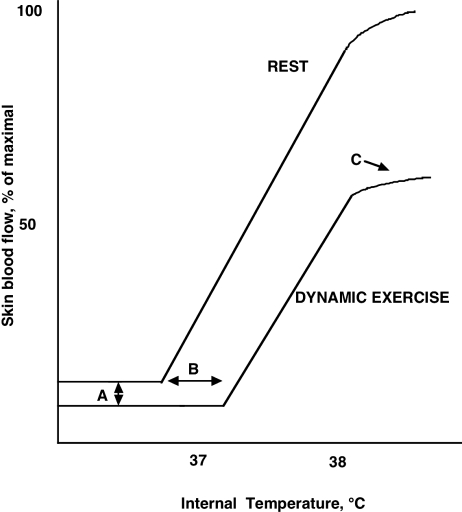Figure 2. Schematic description of the thermoregulatory control of skin blood flow as modified by moderately intense exercise.
The relation of skin blood flow to internal temperature is affected, relative to resting conditions, in at least three ways by exercise: a vasoconstrictor response at the onset of dynamic exercise (A), an increase in the internal temperature threshold at which skin blood flow begins to increase (B), and a levelling off, or plateau, in skin blood flow above an internal temperature of 38°C at a level well below maximal (C). Exercise exerts these effects through the vasoconstrictor system for the initial vasoconstriction and through inhibiting the active vasodilator system for the increased threshold and for the plateau. At rest, the plateau only occurs as skin blood flow approaches maximal vasodilatation.

